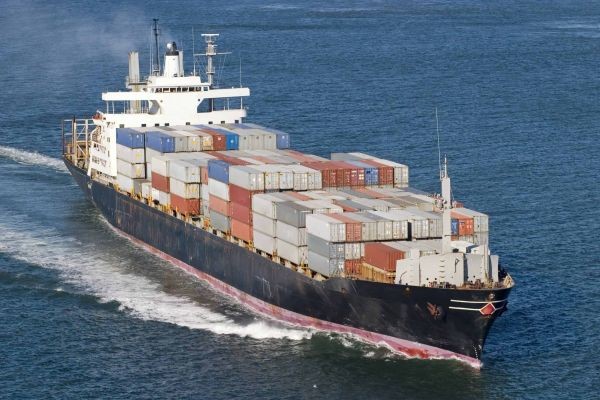The PUR shippers market has experienced significant growth in recent years, driven by rising demand in logistics, packaging, and industrial applications. However, this expansion is accompanied by multiple threats that could hinder market stability, profitability, and long-term sustainability. Understanding these challenges is essential for stakeholders to develop robust risk management strategies and maintain competitive advantage.
1. Regulatory and Compliance Pressures
One of the most significant threats to the PUR shippers market is the increasing regulatory scrutiny worldwide. Governments and international bodies are enforcing stricter environmental and safety regulations for shipping and packaging materials. Compliance with standards such as chemical handling, hazardous material transport, and sustainable packaging protocols imposes additional costs on manufacturers and distributors. Failure to adhere to these regulations can result in fines, reputational damage, and restricted market access, particularly in developed regions with stringent environmental policies.
2. Volatility in Raw Material Prices
PUR shippers heavily rely on polyurethane and related chemical compounds. Fluctuations in crude oil and polymer prices directly impact production costs. Market volatility can reduce profit margins and disrupt supply chain planning. Companies that lack effective procurement strategies or alternative sourcing options may struggle to maintain stable pricing, affecting competitiveness and customer retention. Moreover, rising raw material costs can slow market growth by making products less affordable for end-users, particularly in price-sensitive emerging markets.
3. Environmental and Sustainability Concerns
Global awareness of environmental sustainability presents a double-edged challenge. PUR materials are not always biodegradable, and improper disposal contributes to pollution and waste accumulation. Increasing consumer preference for eco-friendly alternatives pressures manufacturers to adopt sustainable practices. Failure to innovate or offer environmentally responsible solutions may reduce market share, especially in regions with strict sustainability mandates. Additionally, companies may need to invest heavily in R&D and recycling technologies to comply with environmental standards, further straining budgets.
4. Technological Disruption and Innovation Risks
Rapid advancements in shipping, packaging, and logistics technology pose both opportunities and threats. Competitors leveraging smart shipping solutions, AI-driven supply chain optimization, or alternative packaging materials can capture market share from traditional PUR shipper providers. Companies that fail to adapt may experience obsolescence or reduced demand. Moreover, integrating new technologies requires significant investment in infrastructure, training, and R&D, which can strain smaller manufacturers and startups.
5. Intense Competition and Market Fragmentation
The PUR shippers market is highly competitive, with several multinational and regional players vying for dominance. Price wars, aggressive marketing strategies, and product differentiation create continuous pressure on profit margins. Fragmentation also complicates standardization, increases marketing costs, and limits economies of scale. Smaller companies face the risk of being outcompeted by larger players with advanced production capabilities and global distribution networks.
6. Supply Chain Disruptions and Geopolitical Risks
Global supply chains for raw materials and finished PUR shippers are susceptible to disruptions caused by geopolitical tensions, trade restrictions, and transportation bottlenecks. Events such as tariffs, sanctions, or regional conflicts can delay production and distribution, impacting reliability and customer satisfaction. Additionally, natural disasters and pandemics can severely disrupt logistics, highlighting the vulnerability of global PUR supply networks. Companies must implement risk mitigation strategies and diversify sourcing to sustain operations.
7. Market Adoption Challenges in Emerging Regions
While emerging economies offer growth potential, market penetration can be challenging due to infrastructure limitations, regulatory complexity, and varying consumer awareness. Local competitors and alternative shipping solutions may dominate price-sensitive segments, reducing the adoption rate of high-quality PUR shippers. Furthermore, inconsistent policy frameworks and lack of technical expertise in handling advanced materials may slow expansion efforts in these regions.
Conclusion
The PUR shippers market, despite its promising growth trajectory, faces a multitude of threats that could influence profitability and sustainability. Regulatory constraints, raw material price volatility, environmental pressures, technological disruption, and geopolitical risks require proactive management strategies. Companies that invest in sustainable practices, diversify supply chains, and adopt innovative technologies are better positioned to withstand market challenges and maintain competitive advantage. By understanding and addressing these threats, stakeholders can ensure resilient growth and long-term stability in a rapidly evolving global shipping landscape.

